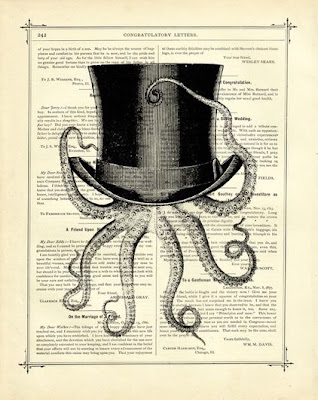Photo manipulation is nearly as old as photography itself, and what early photographers lacked in Photoshop, they made up for in ingenuity. Photographers identified nine different methods that could aid in the photographic imitation of “spirits”, including techniques like multiple exposure and combination printing. As David Brewster, in his 1856 book on the stereoscope, explained:
For the purpose of amusement, the photographer might carry us even into the regions of the supernatural. His art, as I have elsewhere shewn, enables him to give a spiritual appearance to one or more of his figures, and to exhibit them as ‘thin air’ amid the solid realities of the stereoscopic picture.
William Mumler was the world’s first known “spirit photographer”. He photographed people who were morning the loss of a loved one and would superimpose their image on the photograph to show that they were still with them in spirit.
Mumler got caught with his fraudulent photography because of P.T. Barnum. He had captured an image of Barnum posed next to a ghost of an exceptionally notable variety: that of the recently assassinated Abraham Lincoln.
During Mumler’s 1869 hearing for fraud, Barnum was called to the witness stand to testify against Mumler. Barnum would serve as an expert on “humbuggery.”
Spirit photography lived on well into the 20th century, fueled in part by the Civil War and, later on, by World War I. In the U.K., in the aftermath of the first Great War, the spirit photographer William Hope would develop a following for his work that included Arthur Conan Doyle. The Sherlock Holmes’s creator supported Hope against claims of Mumlerian fraud and wrote a book called The Case for Spirit Photography in 1922. He would also end his friendship with the famous Harry Houdini when the magician publicly claimed that spirit photography was “farcical.”
(Source: The Atlantic)









